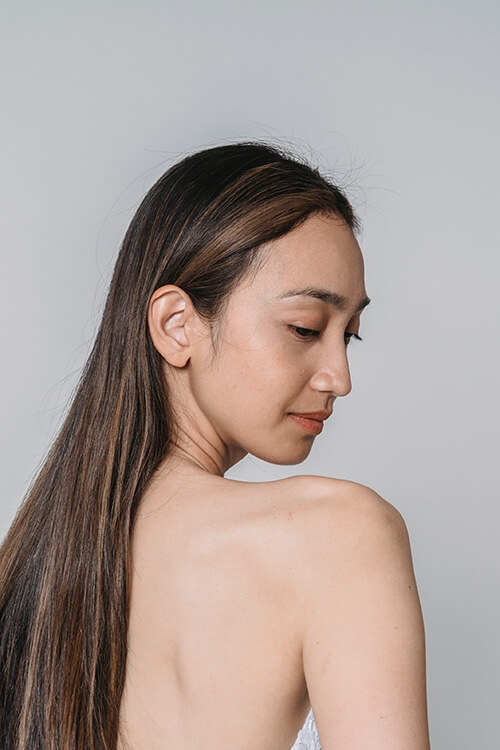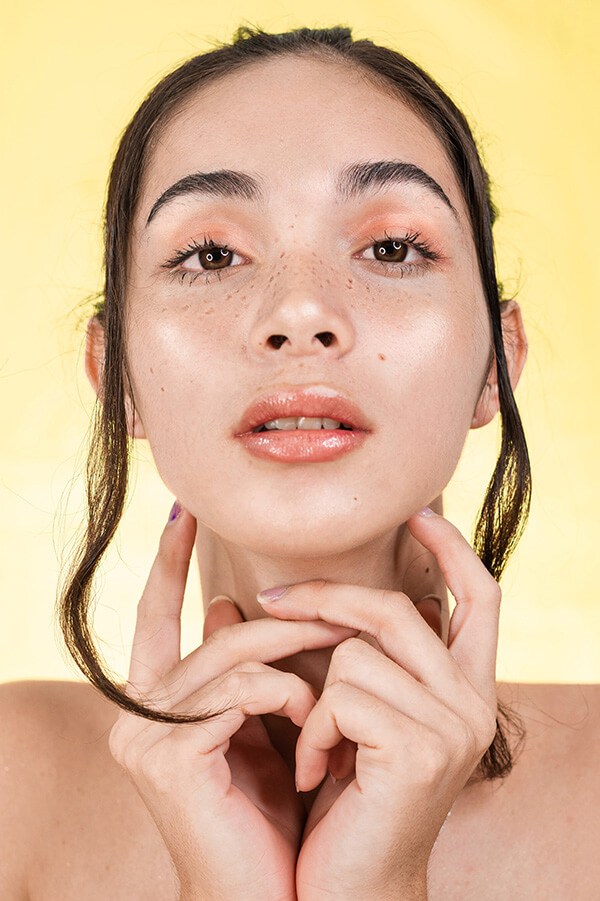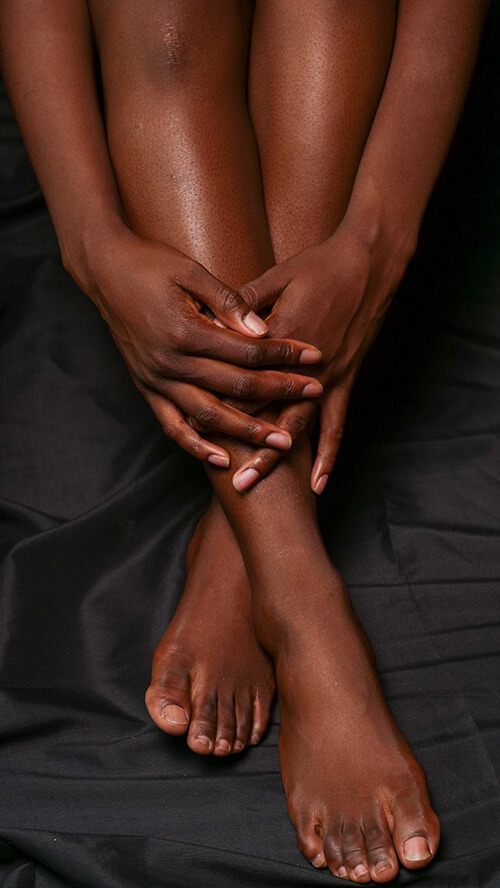Our bodies are totally amazing. They are made up of many systems, different cell structures and organs. One of those integral body systems that we all have, whether we are male or female, is our skin. Our skin is our outermost layer, an integumentary system. So our skin, hair and nails form our body’s outer covering or integument. Our skin, hair and nails do the all-important job of protecting the body’s internal parts from getting damaged, while, at the same time, they are providing a barrier for our bodies to any invasion by infectious organisms. Pretty awesome stuff!
Our skin is the first thing that we see on a person, so, naturally, it is attractive to the eye. We are wired to appreciate the shape of the human body, being usually particularly attracted to our fellow humans of the opposite sex to us! The human body’s form and shape have been designed and finished in an incredible layer of skin that we have, see and appreciate. Human skin comes in different colours and shades, starting from that lovely deep chocolate brown of the Africans through to the olive complexions found in the Italians and Asians and on to the beautiful pale white and pinks of the Northern Europeans.
Fascinating Skin Facts
Did you know that an adult’s skin layer covers an area of about 2 m2? Our skin has two main layers; these layers are called the epidermis and the dermis. The epidermis includes an upper layer of dead cells and a lower layer of living cells. The lower layer of living cells replaces cells as they die and are lost from the upper layer. Lying underneath the epidermis is the thicker dermis layer, which lies over the top of an insulating layer of fatty tissue.
In the dermis layer are many different structures that perform some totally amazing functions! These structures include blood vessels, nerves, hair follicles and sweat glands. All of us appreciate the way that our skin can inform us that the air temperature is just right, cold, too cold, warm, hot, or too hot. We can also all appreciate loving touch, whether it is the warmth of a hug or a squeeze during a massage. Without our nerve fibres, touch receptors or other types of receptors that are sensitive to pressure, vibration or temperature, we wouldn’t be able to appreciate life as we know it. All of these intricate systems are found inside our wonderful skin, so it’s best we all learn and know how to look after it and keep it in tip-top shape.

How Skin Regulates Body Temperature
Our skin is amazing at providing perfect temperature control for our bodies. The blood vessels, hairs and sweat glands of the skin layer work in harmony to help control our body temperature. If we get too hot, then our sweat production increases and the blood vessels widen to allow more blood to reach the skin’s surface, where it will cool, thus maintaining a good and safe core body temperature.
Of course, the opposite occurs if the air temperature is too cold, where these processes go into reverse. In addition to the reverse processes, we have tiny muscles that are attached to the hair follicles in the skin which pull the hairs erect, trapping an insulating layer of air next to our skin to help keep us warm.
When the air temperature outside our body is starting to get too hot, then our body starts to sweat. We all sweat, some more than others. Our sweat is a salty liquid that reaches the surface of the skin through pores in our skin layer. These are not the same pores that get blocked during cases of acne – those are called sebum-producing sebaceous glands and are usually associated with hair follicles. Sweat evaporates from the surface of the skin and so helps to lower our body temperature when the air temperature outside our bodies is too hot. Sweating also rids the body of any excess water and some of our body’s waste products. Exercising and getting a sweat up is actually very good for us internally, but it also helps to cleanse the skin layer and keep it clean and functioning at its best, but I bet you already knew that because your mother knew best!
However, if you have issues with excess sweating, which can be embarrassing, your dermatologist can apply injectable neurotoxins that reduce sweat production in certain areas – but without hampering your skin’s ability to cool the body.
Our skin also has hair follicles, out of which grows our hairs. Our follicles are pockets of epidermal tissue that extend down into the dermis layer. Our body hair has a cycle which it goes through, so it has a growth period, a rest period, then a loss period. The loss period is where the new hair pushes the old hair completely out of the follicle. If this cycle is interrupted, problems with hair loss and alopecia can happen, which is something that skin doctors help to treat.
Skin Care Basics
Our washing and bathing are important things that we need to do to keep our skin at its best and as healthy as it can be. Just make sure that your daily cleansing sessions aren’t too harsh, and that you follow gentle processes using the correct products for your skin. Guys, also watch that you are gentle when shaving, as this process does take a toll on your skin, so keep it gentle!

Part of maintaining healthy skin comes from deeper inside our bodies. Making sure that we eat a healthy diet will ensure that the all-important nutrients and vitamins that our bodies need to function well are ready and available to draw upon. We are what we eat, so if we eat poor-quality foods, then our bodies and skin will look less healthy and attractive. Make sure that you steer yourself away from a high sugar diet or a diet that is dependent on what my mother called “highly processed muck”. To keep your skin looking amazing, eat a healthy diet, where plenty of fruits, vegetables, whole grains and lean proteins make up the bulk of your intake. Drinking plenty of water also helps keep your skin hydrated and fresh.
The #1 Skin Care Tip From Dermatologists
One of the most important ways to take care of our skin is to protect it from UV sun rays. A lifetime of exposure to UVB rays in particular, but also UVA rays, which both come from the sun, can cause wrinkles, age spots and other skin problems, while also increasing the risk of developing skin cancer. The risk of skin cancers is greatest in those with fair European or Caucasian skins, but all ethnicities can develop skin cancer.
The sun is responsible for most of the problems that dermatologists see and treat. From lentigos to actinic keratoses to full-blown malignant melanoma skin cancer, a lifetime of sun exposure is usually to blame. You can see this by looking at the difference between the sun-exposed parts of an older person’s skin, such as the scalp or the back of the hands, and less exposed parts of the body. The good news is that dermatologists can treat or remove many of these sun-related skin lesions safely and effectively, even malignant melanoma.

Prevention is always better than the cure, so try to make a point of avoiding direct sunlight on the skin between the hours of 11 a.m. and 4 p.m. This is the time of day when the sun’s rays are coming directly from above and are at their strongest. If you are working or playing outdoors during this time, then keeping yourself covered up (even with a light cotton garment if it’s really hot) is important. Wide-rimmed sun hats work really well at protecting your face, ears, head and neck during these hours. You can also use sunscreens on any exposed skin. Dermatologists really do recommend this to ensure healthy skin and a healthy you.
Get to grips with the body you own and appreciate your own unique skin colour, hair colour, size and shape. Look after it well, and you’ll be a wonderfully healthy and attractive human being!